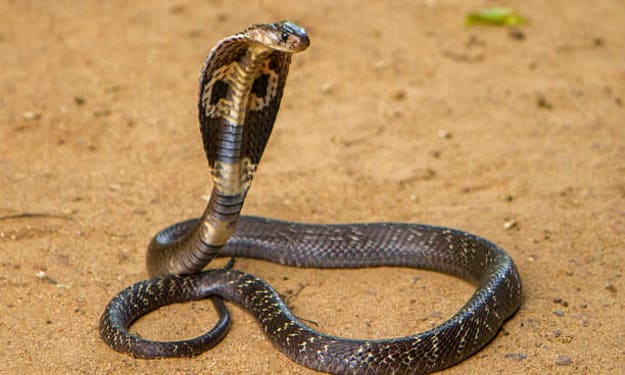
The British Bull or Bulldog is a famous ornamental dog developed in the UK. They are considered to have a friendly, lovely, gentleman style.
Introducing the British Bulldog
The British Bull or Bulldog is a famous ornamental dog developed in the UK. Characteristics of this breed are the large head, short droopy face, upturned nose. Adult dogs have an average weight of 23kg and a height of 30-36cm. They are considered to have a friendly, lovely, gentleman style.
Initially, the British Bull has a tough appearance, strong and aggressive muscles and legs. They are used in bullfights and dog fights. But after a long period of breeding, the British Bulls have become fatter and shorter, and they are favored for ornamental purposes.
The British Bull is the ancestor of many other Bull breeds such as, the French Bull, the Bully (the American Bull), the Pitbull, the Bull Staffordshire Terrier. Except for the French and English Bulls, the majority of Bull breeds are intended to be fighting dogs, with a fierce character and fearlessness. The British Bull is considered a cultural symbol of England and many schools and organizations around the world.
General overview
- Other names: Bulldog / Cow dog
- Classification: medium-sized dogs
- Origin: UK
- Group: pet dogs, companion dogs
- Function: dog guard, guard dog
- Lifespan: 12-15 years
- Height: 51-64 cm
- Reference selling price: 6,000,000 - 32,000,000 VND
- Weight: 29-48 kg
- Characteristics: friendly, friendly, good watchdog
British Bulldog review
- Master winding level 70%
- Barking rate 30%
- The hair loss rate of 30%
- Odor level 50%
- Ease of beauty level 50%
- Child-friendly 70%
- Animal-friendly 60%
- Mobility 60%
- Ability to learn 50%
- Droolability 70%
- Resistance to cold 70%
- Heat resistance 30%
Origin of the British Bull
The British Bull is a breed derived from the Molossus, an ancient Asian clam that went extinct. The British Bull was originally used in bullfighting that was very popular in England in the 13th to early 19th centuries. The strongest and strongest dogs were chosen to fight bulls until either side died.
The ancient British Bull was relatively short but extremely strong. In particular, the teeth are very tight and extremely aggressive. By 1835, when bullfighting was banned, the Bull was gradually devalued and in danger of extinction. In order to protect this breed, selections have been made to remove their bad qualities.
This breed has been stripped of its aggressive personality, becomes friendly and emotional. Their stature was shorter, more muscular and sluggish, and their faces short and wrinkled. Today the British Bull is popular with many people and raised as a family pet.

Habitat
The British Bull is very gentle, quiet, loyal and reliable. Despite his aggressive appearance, he is very friendly, very rarely aggressive. Therefore, they are very suitable for the tastes of the majority of British people, especially British intellectuals. This breed rarely barks and is very friendly with children.
In addition to being a pet dog, the British Bull also looks after the house and catches mice very well. They are suitable for indoors with a large garden and with regular exercise.
See more: Can dogs have cherries
Standard
The British Bull is of medium size, with short, soft fur. The face is big and short, the head is very heavy. Body heavy and very obese. The shoulders are wide, the legs are strong and strong. Adult male dogs weigh 25-35kg on average, and female dogs 25-30kg. Overall, they have a proportionate body, the body is not too long or too short.
The skin has many wrinkles, especially the head, shoulders, and nape. The forehead, nose, and mouth are also wrinkled. The skin under the neck and chest is very thick and wrinkled. Mouth short and wide, nose upturned, face sagging. Eyes deep, the distance between the eyes is quite far. Jaws thick and strong, the bite force is very strong.
The shoulders and back are very broad, the body is round, the chest is broad and full. Legs are short but strong, straight, not bent or bent. The feet are very thick, the fingers are short and round, slightly spread. The hind legs are solid, muscular, slightly higher than the waist. The tail is straight or spiral, the tail is folded into a genetic fault.
The coat is short, firm and smooth, with multiple colors such as brindle, pure white, reddish-brown, light brown or yellowish-brown, cavity or patch. Pure black is not recognized in this breed.
About the Creator
Wew Pet
Wewpet the desire to share news, useful information for pet owners, as well as those who want to own pets, how to best care for their pets.






Comments
There are no comments for this story
Be the first to respond and start the conversation.